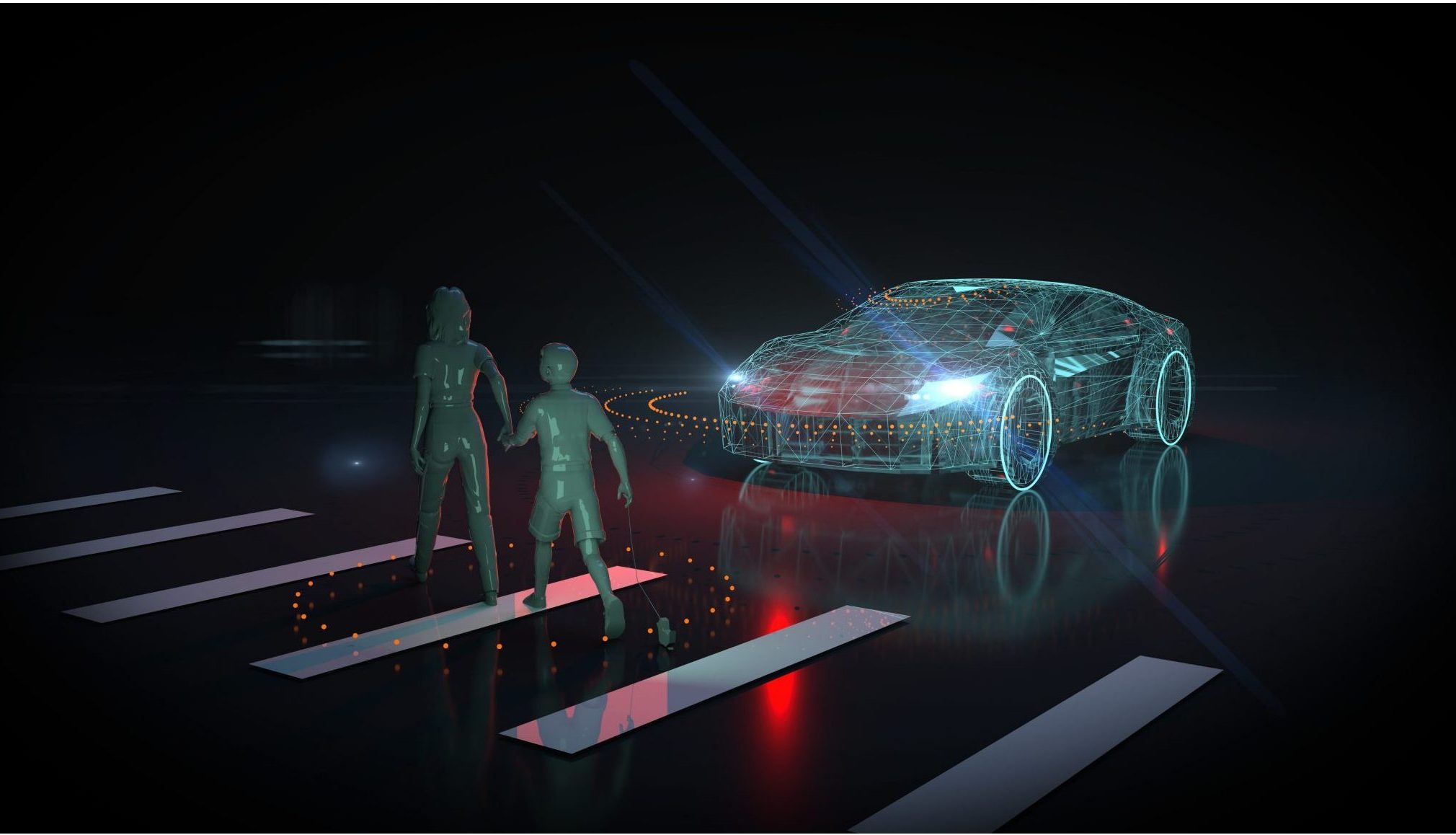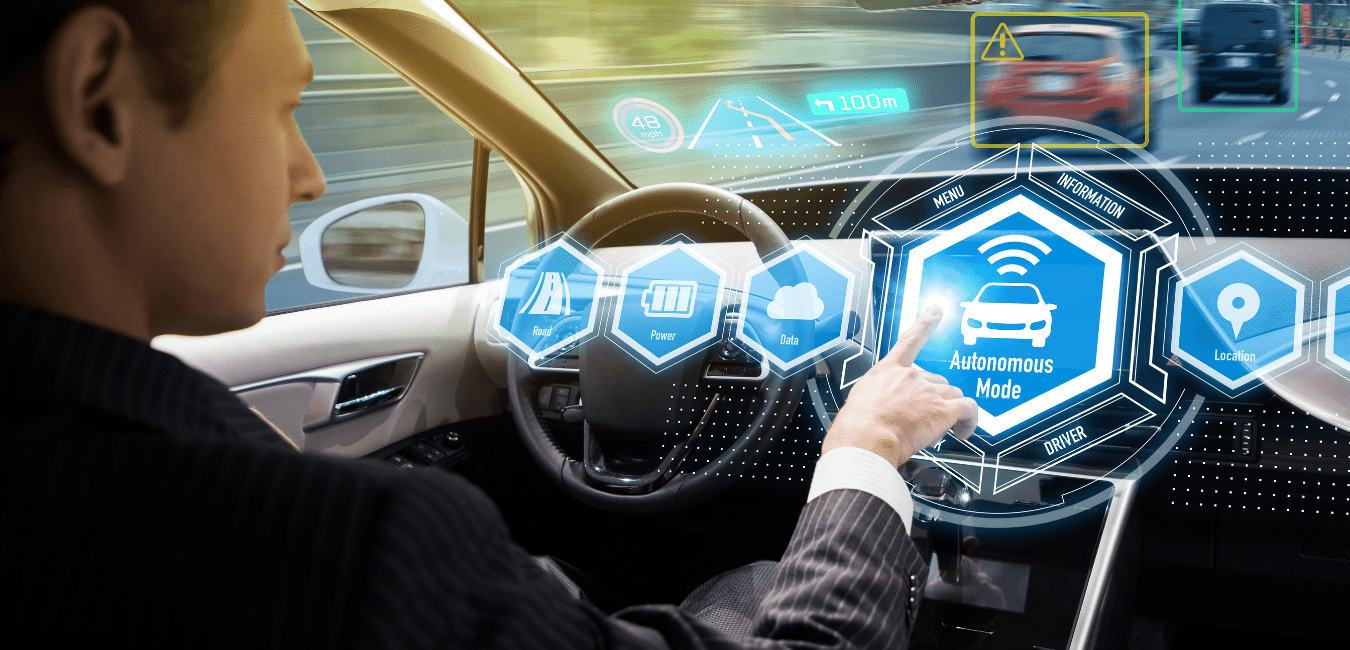The history of autonomous vehicles, how they have evolved since the first prototypes

Autonomous vehicles are cars capable of driving themselves without human intervention. A technological breakthrough that has become one of the current mega trends and aspires to become the future of driving.
Tests began several years ago with several countries and brands; however, the adoption of autonomous vehicles could have an accelerated growth during this decade.
In the automotive industry, autonomous driving, connectivity and electric vehicles have a direct connection. Therefore, it is necessary for connectivity to be sufficiently effective for the proper functioning of autonomous vehicles, taking into account that data transmission is essential for the operation of these cars.
In this regard, it is expected that, over the next few years, the number of 5G connections around the world will increase exponentially.

The importance of liquidity in fixed income vehicles
One of the most important decisions we must make when implementing our vision in an investment portfolio is to choose between traditional mutual funds or exchange-traded funds, better known as ETFs.
A bit of history
While the rise of autonomous cars has gained prominence over the past two decades, it is true that its beginnings date back to the 1990s.
In 1925, Francis Houdina, an electrical engineer from New York, was the first to implement the concept of an autonomous vehicle, although the car was remotely controlled.
The prototype was exhibited to the public in Manhattan, traveling about 19 kilometers between Broadway and Fifth Avenue; however, the vehicle collided with another car, interrupting its trajectory. Despite this, Houdinna’s vehicle, named Chandler, was built between 1926 and 1930.
Later, in the 1980s, the German Ernst Dickmanns, who is considered the father of the autonomous vehicle as we know it today, converted a Mercedes-Benz van into an autonomous vehicle guided by an integrated computer. In 1987, the car managed to travel through traffic-free streets at a speed of 63 kilometers per hour.
In 1994, it did something similar with a vehicle that traveled more than 1,000 kilometers through Paris in traffic. In 1995, a Mercedes-Benz traveled autonomously between Munich and Copenhagen. These projects were financed by the European Commission under the name of Project Eureka, which granted Dickmanns almost 800 million euros to carry out research on this type of vehicle.
Current classification
Today, autonomous driving is classified into six levels.
Autonomous vehicles from 0 to 2 incorporate driver assistance features. Meanwhile, the last three, from 3 to 5, contain actual automation features, as established by the Society of Automotive Engineers (SAE).
Level 0 applies to the most common cars today, with the driver performing all tasks and maneuvers. The vehicle includes sensors that notify the driver of eventualities and nearby obstacles.
Level 1 includes systems that control steering, speed and braking. Many models now include features at this level, such as parking assist, distance control and collision avoidance, as well as automatic emergency braking. The driver remains in control of most functions and hands remain on the steering wheel.
Level 2 is capable of taking control of some systems, although the driver must be alert in case it is required. It is possible for the driver to give up control of the steering wheel and accelerator by hands-free driving.
Level 3 is when autonomous vehicles already analyze their environment and are able to make intelligent decisions. They use sensors to record what is happening and this is combined with computer vision.
Level 4 drives without driver intervention. They use AI algorithms and there is WiFi connection inside the car. The car is able to control critical driving functions. At this level there is no longer a designated driver, only passengers.
Level 5 works by sharing information with its environment and uses data generated by telecommunications and the Internet of Things (IoT). It is only possible with G5 technology.
The European Parliament expects Level 5 vehicles to be available by 2030.
Related news
-

Advantages and disadvantages of autonomous vehicles
Since the first motor vehicles were born, the automotive industry has not stopped evolving. Let's talk about autonomous vehicles.
-

Bonds and loans to finance green technologies
Green technologies, such as renewable energies, energy efficiency and electric vehicles, can help to reduce the impact of human action on climate change. In 2007, the European Investment Bank issued the world's first green bonds aimed at financing and developing these technologies. In Spain, BBVA signed its first green loan in 2017, worth 500 million euros.
















